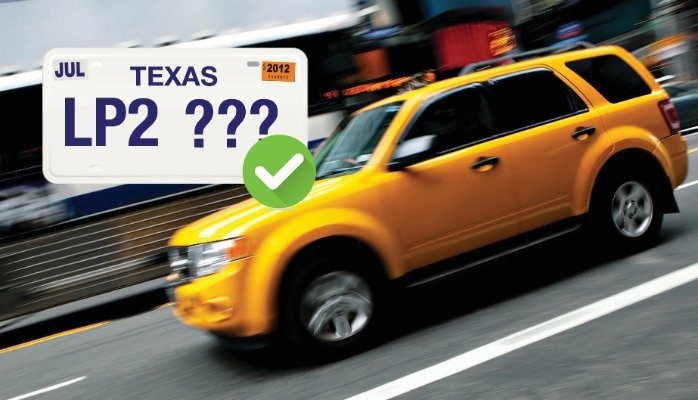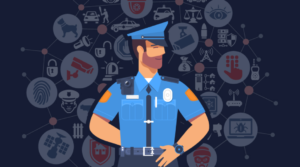Conversations about License Plate Recognition (LPR) technology inevitably focus on the camera. Maybe that’s because the cameras can easily be seen and touched. But, in reality, the real power is in the LPR data. If I’ve said it once, I’ve said it a million times. It’s all about the data!
Cameras Capture Data and Data Helps Solve Crimes
The camera serves a twofold, specific, targeted purpose: to capture anonymous, publicly available license plate data and send alerts to a police car. But, it is what goes on behind the scenes after the data is captured that makes LPR such a valuable tool for law enforcement. That’s when the data becomes more than just data; it’s when the data becomes Vehicle Location Intelligence, valuable to law enforcement in three important ways:
- Analytics
- Prediction
- Real Time Alerts
Vehicle Location Intelligence is a proven game changer that helps law enforcement develop leads, solve crimes, and stay safe on the job.
Analytics Power the Data
How? Through powerful analytic capabilities that enable your agency to develop leads and solve crimes quicker and more efficiently. For example, filters like year, make, model, time, date, and location enable law enforcement to quickly verify what license plates were scanned in the area around a set of crime scenes. You get more than a simple dump of scans from a camera, you get actionable, workable intelligence.
From there, a common plate analysis can help identify a plate common to multiple crime scenes. In a matter of minutes, one officer sitting at his desk can identify a potential lead in a pattern or serial crime simply by analyzing historical data to develop Vehicle Location Intelligence.
Predictive Intelligence is Better than Guessing
Once a plate, or vehicle of interest is identified, the same historical data can help investigators predict where that vehicle can be found. By looking back at previous scans and scoring methodology, you can identify a set of locations where the vehicle is most likely to be, and even give investigators the location type (residence, business, etc.). Compare how many times a vehicle has been “seen” versus the number of times an LPR unit scanned at that location for a percentage seen; essentially reporting a canvass “seen” rate. Again, developing further Vehicle Location Intelligence for investigators, while maximizing resources. All thanks to the power of the data.
Real-Time Alerts Improve Situational Awareness
Now let’s go one step further into this hypothetical investigation. Investigators have identified the vehicle and the locations where the vehicle is most likely to be found. Investigators now have probable cause to add the license plate to a hotlist of vehicles of interest. Upon sending officers to the suspect’s likely residence and workplace, the vehicle isn’t there, but officers are posted to wait for its return.
At the same time, a patrol officer across town or even an officer across the state, gets a real-time alert as they pass the vehicle of interest on a hotlist at a shopping mall. With permissible purpose to access DMV records and determine the owner of the vehicle under the Driver Privacy Protection Act, the officer is able to determine the driver has a history of violence and aggression. This real-time intelligence leads to a call for backup, and officers apprehend the person of interest without incident, and turn them over to the investigating officers.
All of the Vehicle Location Intelligence in the scenario I just laid out, from identification, to location prediction, to real-time situational intelligence for officers, is possible thanks to data, not a camera. Agencies that understand the investigative power of vehicle location intelligence are generating more leads, solving more crimes, apprehending more violent offenders, enhancing officer safety, and better protecting the communities they serve. In the end, that’s actually what it’s all about!





